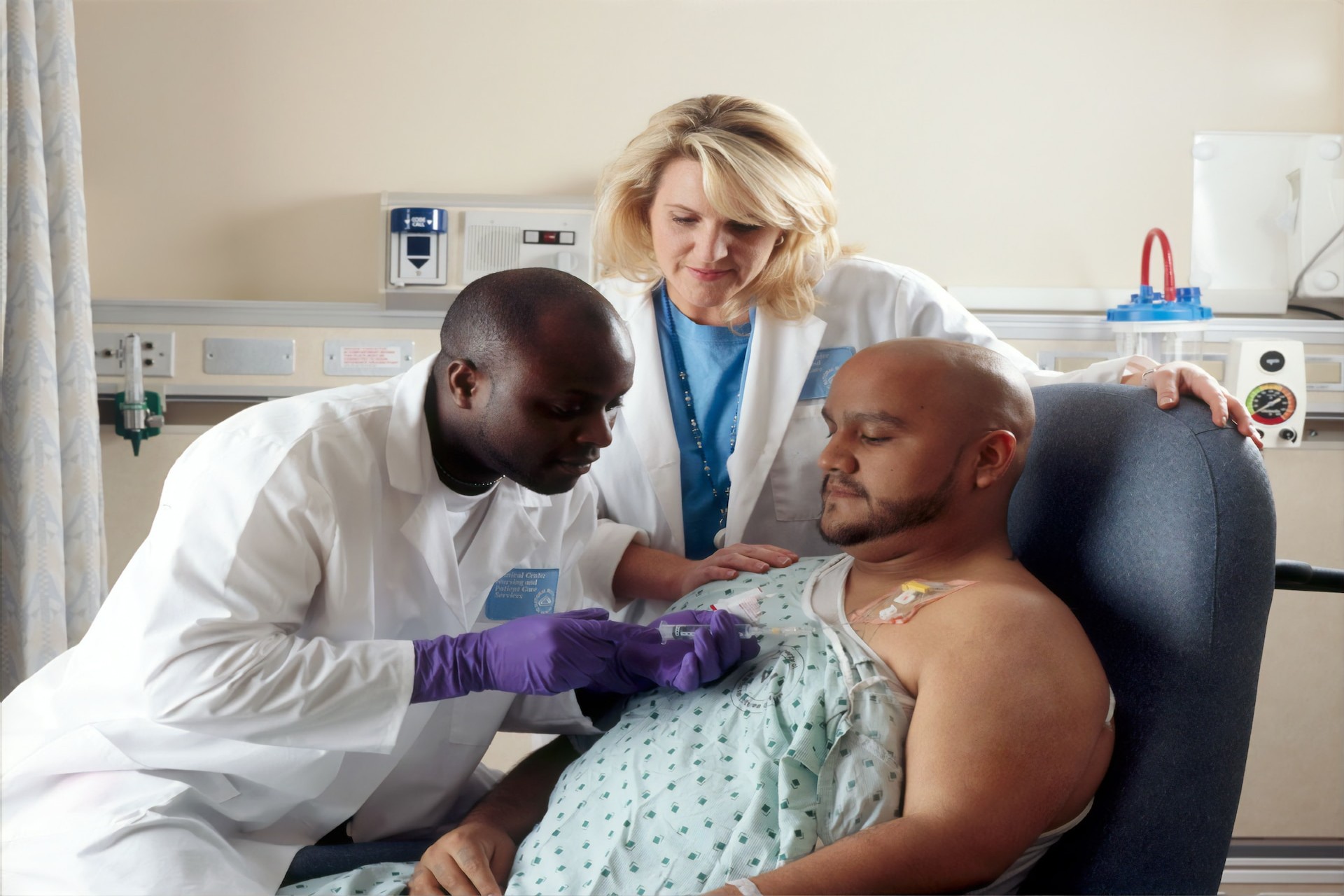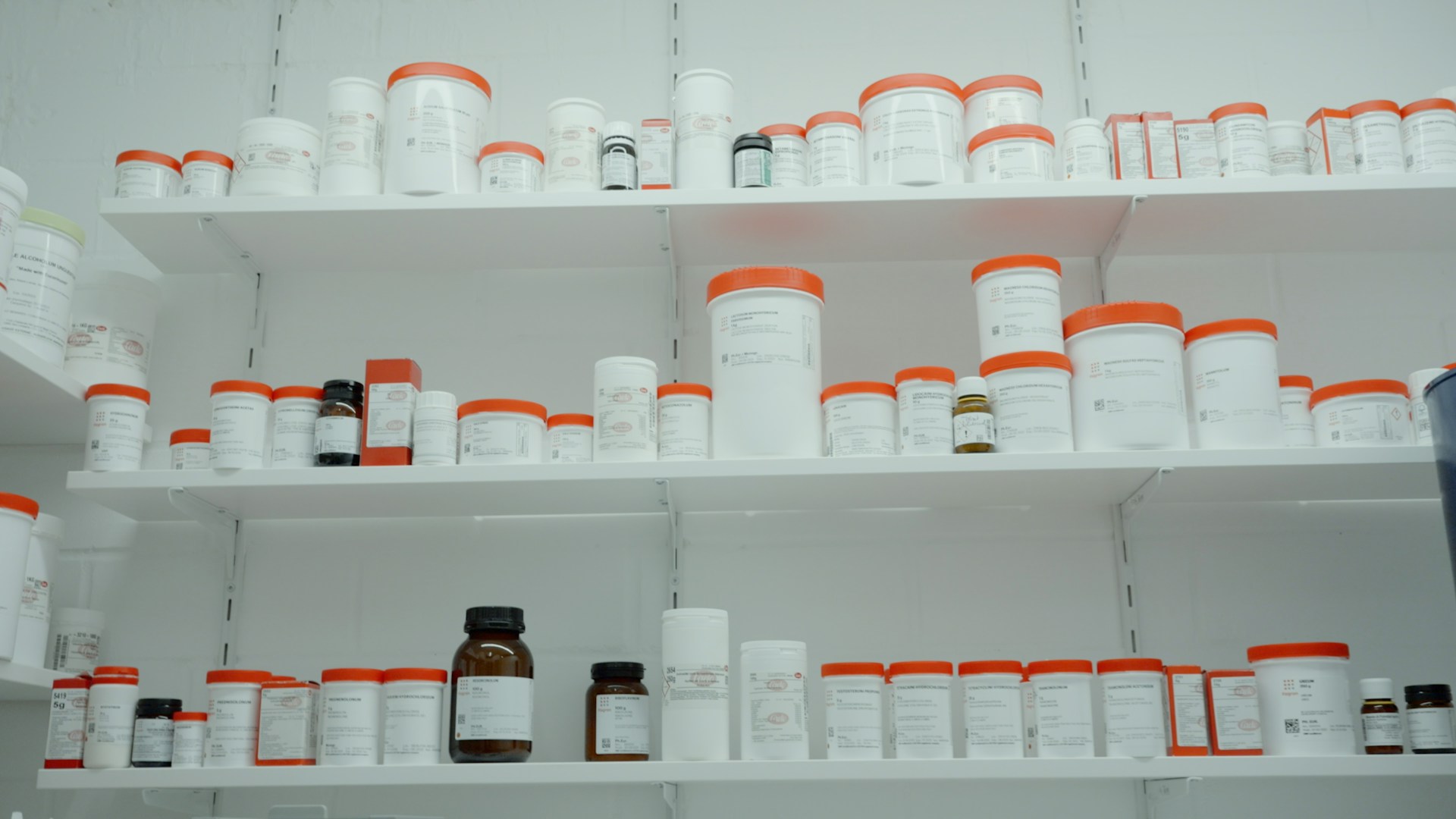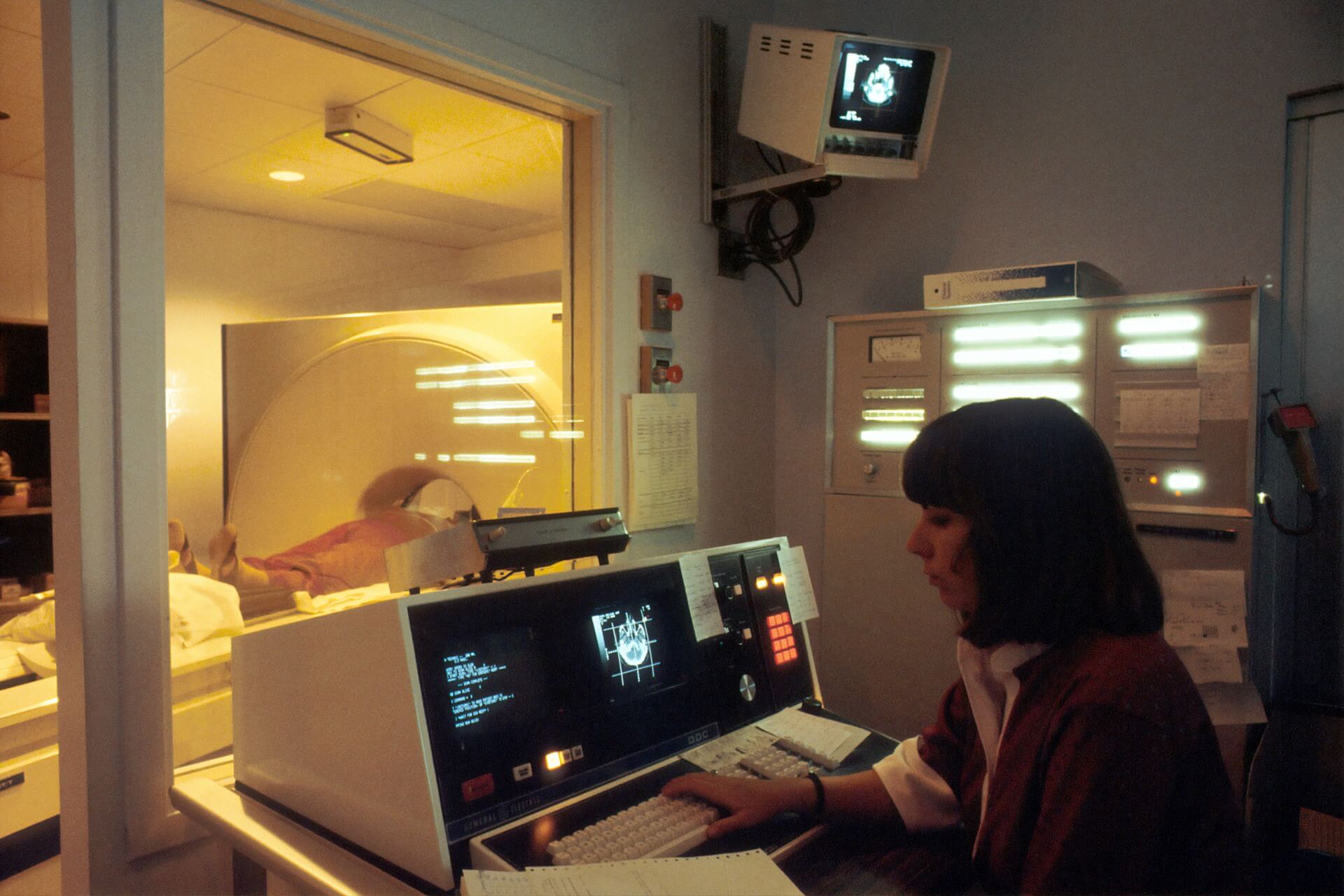
12 Medical School Programs That Emphasize Spanish
September 20, 2024 - Emily Newton
Revolutionized is reader-supported. When you buy through links on our site, we may earn an affiliate commission. Learn more here.
Being able to speak Spanish lets physicians see more patients, put them at ease and understand exactly what’s bothering them. It’s a crucial ability to have — especially in the U.S., where 44% of Hispanic Americans cite language or cultural differences as a major reason for worse health outcomes. Future doctors can master medical Spanish as they attend one of these eight medical school programs in the U.S.
1. University of Arizona College of Medicine – Tucson
Students attending U of A’s College of Medicine can apply for the Bilingual Medical Spanish Distinction Track. The program is available to first-year medical students starting in the fall semester, and it aims to help students graduate as bilingual Spanish-English health care providers. Becoming proficient in Spanish may give students an advantage when applying to residency programs in predominantly Spanish-speaking areas.
The school also has a Latino Medical Student Association to deepen connections and affirm culture within the student body. The University of Arizona at Phoenix College of Medicine also offers Spanish medical courses.
2. Miller School of Medicine – University of Miami
The Miller School of Medicine’s Medical Spanish Program helps health care workers improve their medical Spanish speaking skills. The program gives participants a chance to develop better language skills for working with Spanish-speaking patients.
Courses in the program include intensive vocabulary practice with a focus on specialized medical terminology. They also include Spanish interviews and topics like case history, patient interviews, physical exams, patient intake and diagnosis. These topics allow students to learn necessary vocabulary and grammar through realistic scenarios.
The program has beginner and intermediate levels. Students take a language assessment to determine which level to take.
3. Texas Tech University Health Sciences Center El Paso
In this university’s pre-clerkship curriculum, learning Spanish is a requirement. Spanish classes are fully integrated into students’ learning experience.
When students first arrive at the school, they take a Spanish language assessment and get sorted into classes appropriate to their knowledge level. First-year students get to campus a month before biomedical science classes start to enroll in a Spanish immersion program. During the pre-clerkship years, students take weekly medical Spanish classes that complement the current topics they’re learning.
4. University of California, Irvine
UC Irvine’s Program in Medical Education for the Latino Community (PRIME-LC) trains future doctors — most of whom come from an economically disadvantaged background — to meet the needs of underserved Latino communities. It awards students $50,000 during their MS-5 year to help cover tuition and other costs. The school admits around 12 Spanish-speaking students into its program annually.
The PRIME-LC curriculum includes coursework from the School of Medicine and School of Social Sciences, completion of a master’s degree and an international clinical rotation. The program can train students who go on to practice a variety of medical specialties. It emphasizes health care delivery, research and policy for California’s Latino patients.
5. Indiana University School of Medicine
Students can sign up for the Care of Hispanic/Latino Patients Scholarly Concentration to improve their Spanish fluency. The program also allows students to speak Spanish in a clinical setting, understand culturally appropriate medical care and learn more about caring for Hispanic and Latino patients.
Acceptance to the program requires intermediate-level Spanish proficiency. To determine if students meet the requirement, students must pass an application interview and a 300-level college Spanish course.
6. University of Puerto Rico, Medical Sciences Campus
The University of Puerto Rico’s Medical Sciences Campus is one of the top bilingual medical school programs in the world, and one of the university’s acceptance requirements is that applicants must be fluent in both English and Spanish. Earning a medical degree in two languages helps students master medical terminology in both.
Because Puerto Rico is part of the United States, degrees from this university transfer to the mainland without issue. That means students from the mainland can have an experience similar to studying abroad without the legal hassles. Most students are residents of Puerto Rico, but anyone can apply.
One of the biggest benefits of learning Spanish at the University of Puerto Rico is that it’s the dominant language on the island. Students will speak Carribean Spanish in day-to-day interactions, truly mastering the nuances of the language.
7. Albert Einstein College of Medicine
This New York City-based college offers an M.D. program, two Master of Science degrees and a Ph.D. program in biomedical sciences and clinical investigation. The school’s Medical Spanish program gives students the chance to take medical Spanish classes starting in the spring of the first year and practice them throughout the second year. Students take a self-assessment and instructor-led oral assessment to place them into the correct level.
All courses are taught primarily in Spanish and emphasize conversational skills, since communicating with patients is crucially important for doctors. Comprehensive reading and writing instruction helps round out the program. The university offers classes for beginners, intermediate speakers and advanced speakers, including an Advanced Spanish Medical Interviewing course.
8. University of Toledo College of Medicine
The University of Toledo College of Medicine offers medical Spanish courses and electives during all four years of medical school.
Introduction to Medical Spanish and Advanced Medical Spanish last the equivalent of a semester and are worth credit hours. Another class — Medical Spanish for Healthcare Professionals — is a shorter, more intense course taught by a Spanish-speaking professor from a science department.
In addition to formal Spanish courses, the university’s Spanish Club gives students a chance to practice medical Spanish regularly. Examples of activities include making health education packets in Spanish, interviewing Spanish-speaking students and working at the mobile, free migrant camp clinic to treat migrant workers.
Lastly, the school offers several medical mission trips that travel to Latin American countries including Nicaragua, Guatemala and Honduras. These trips give students valuable experience working with patients who speak different Spanish dialects.
9. UC San Diego
Their department of Extended Studies offers a Spanish for Health Care Professionals certificate for individuals who need a different educational structure. It lasts nine months, can be taken online, and contains three modules for expanding medical Spanish. The decision to make this program online was catalyzed by the Covid-19 pandemic. The school knew it needed to extend its schooling capabilities to meet the needs of their population.
There is an optional course, entitled Cultural Competence, which covers disparities, language barriers and other social concepts. California has over 7 million people with limited English proficiency, so expanding opportunities to deepen quality of care for these residents is critical for equality. It makes sure learners know how to curate their treatment and attention for different demographics and backgrounds with grace.
10. Loyola University Chicago — Stritch School of Medicine
The Medical Spanish Program at Loyola is a more traditional setup. Dive deep into these subjects in a variety of ways, including standard lecture-based courses and hands-on involvement. The program contains these main aspects:
- Spanish coursework
- Peer-teaching of Spanish classes
- Clerkship
- Research opportunities
This program has a goal to meld current medical coursework with modern medical Spanish instruction. Cultural competency is also a key aspect of their curriculum, ensuring respectful communications with patients. They also offer students with advanced Spanish knowledge a Bilingual Medical Student Certification program. Loyola University in Maryland also offers Spanish opportunities.
11. Gardner-Webb University
Gardner-Webb’s Medical Spanish certification program is an eight-week course with topics covering foundations, as well as symptoms, diseases, diagnostic tests, emergency response, patient profiles, ethics, deontology, and more. Students coming out of this course could cover subjects from maternity to pediatrics with ease.
Around 96% of students feel the program was worth the investment. Many testimonials pride it because it incorporates modern teaching activities. The courses are highly interactive with gamification elements to reduce the stress of the intense subject matters. This is another great option for students with less time and financial resources to invest in higher education.
12. The University of Texas Rio Grande Valley
As part of their greater Spanish program, Texas Rio Grande Valley offers a Spanish for Health Care minor, which includes 18 hours of coursework, including several beginner modules, advanced Spanish composition in health care, an internship, and studies on Latino health. This program demonstrates that even in minor-based coursework, discussing terminology is critical. However, acknowledging cultural health differences is also foundational for getting a grip on medical Spanish subjects.
The school also has the Student Association for Medical Spanish to support students who want to continue the learning and community-building outside of the classroom. Even though this is a minor, students have this outlet to keep skills sharp, have academic discussions and further their curiosity with other passionate minds.
Bilingual Medical School Programs
Being bilingual isn’t just a great thing to put on a resume. It can vastly improve health outcomes for Spanish-speaking patients, making them feel more comfortable and understood when visiting the doctor.
As the Hispanic population increases in the U.S., medical students should strive to have at least a basic understanding of medical Spanish. It could, quite literally, save lives.
Editor’s note: This article was originally published on August 10, 2023 and was updated September 20, 2024 to provide readers with more updated information.
Revolutionized is reader-supported. When you buy through links on our site, we may earn an affiliate commission. Learn more here.
Author
Emily Newton
Emily Newton is a technology and industrial journalist and the Editor in Chief of Revolutionized. She manages the sites publishing schedule, SEO optimization and content strategy. Emily enjoys writing and researching articles about how technology is changing every industry. When she isn't working, Emily enjoys playing video games or curling up with a good book.







